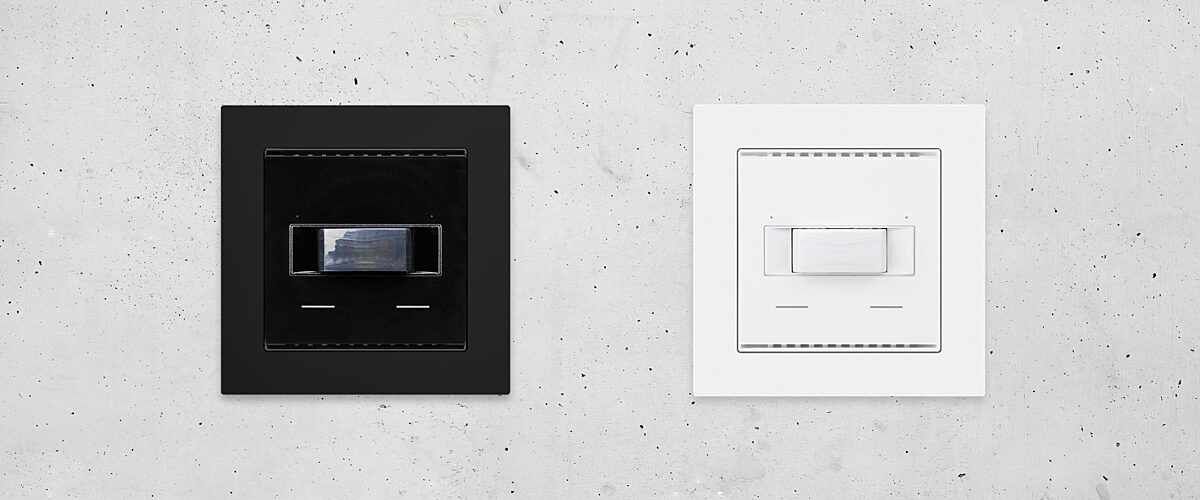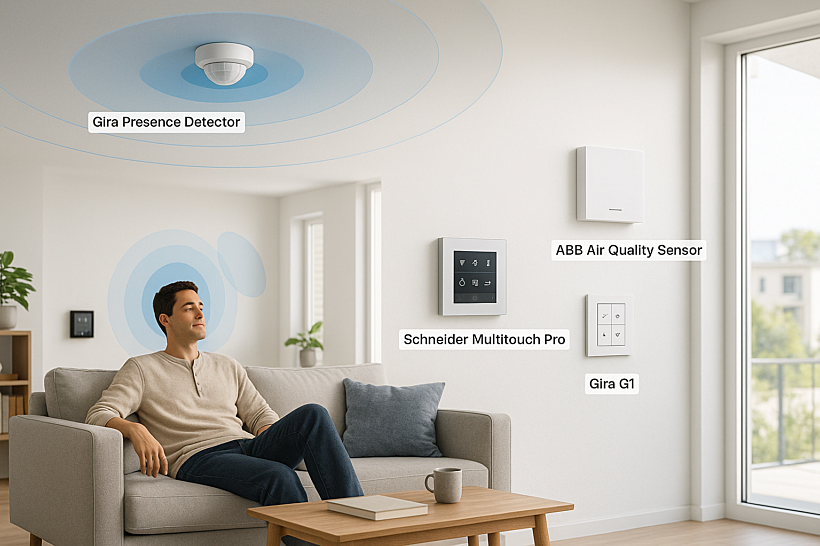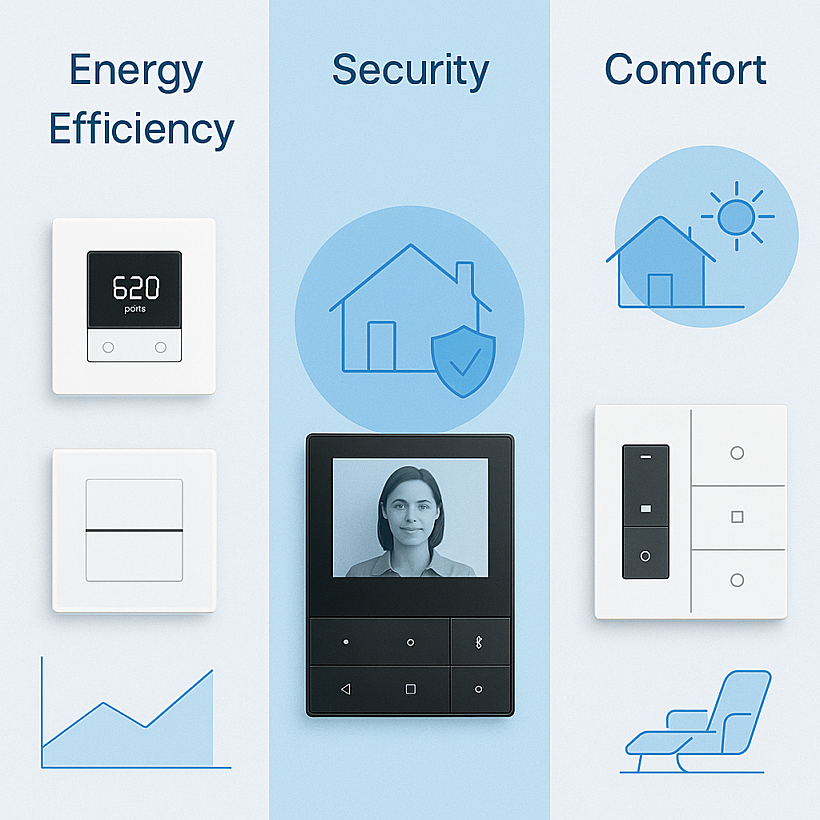
A guide to smart sensors and their role in home automation
In today's rapidly evolving technological landscape, smart homes have transformed from a futuristic concept into an accessible reality. At the heart of this transformation lies a technology that often goes unnoticed yet proves invaluable: smart sensors. These tiny yet powerful devices serve as the eyes, ears, and nervous system of modern home automation, continuously collecting data and enabling our homes to respond intelligently to our needs and preferences.
Understanding smart sensor technology
Basic principles
Smart sensors represent a significant evolution from their traditional counterparts. While conventional sensors simply detect and measure physical inputs, smart sensors incorporate additional features such as digital processing capabilities, wireless communication, and the ability to make decisions based on collected data. This intelligence allows them to not just gather information but to analyze it and trigger appropriate responses within your home automation system.
What truly makes a sensor "smart" is its ability to:
- Process data locally before transmission
- Communicate wirelessly with other devices
- Self-calibrate and diagnose issues
- Integrate seamlessly with home automation platforms
- Adapt to changing conditions and user preferences
Among various home automation protocols, KNX stands out as a globally recognized standard for sensor integration. KNX sensors offer particular advantages in terms of reliability and interoperability, making them a preferred choice for professional smart home installations.
Core Sensor Types
Motion and Presence Detection
Understanding the difference between motion and presence sensors is crucial when you're planning your smart home. Motion sensors excel at detecting major movements, making them perfect for outdoor security and hallways. Presence sensors, being more sensitive, are ideal for areas where subtle movements need to be detected, such as home offices or living rooms.
When installing these sensors, proper placement is essential for optimal performance. KNX motion sensors, in particular, offer seamless integration with other home automation components, making them a popular choice for comprehensive smart home systems.
Discover the best practices for sensor installation in the KNX article "How and where to install a smart motion sensor in your home".

Pro tip: When selecting sensor locations, consider both functionality and aesthetics. Many modern KNX sensors come in sleek designs that complement contemporary home décor.
Environmental Monitoring
Environmental sensors maintain comfort and safety while optimizing energy usage. Think of:
- Temperature sensors: to enable precise climate control to keep your home comfortable at all times
- Humidity sensors: to prevent moisture-related issues and keep you and your family healthy
- Air quality sensors: to monitor pollutants and trigger ventilation when needed to keep air fresh and safe
KNX environmental sensors can communicate with multiple systems simultaneously, creating sophisticated automation scenarios.

Smart Home Applications and Benefits
- Energy Efficiency
Smart sensors significantly reduce energy consumption through automated lighting control and HVAC optimization. When properly implemented, especially in KNX systems, these sensors can help reduce energy usage by up to 50%. Light sensors work with smart blinds to maximize natural daylight, automatically adjusting artificial lighting to maintain optimal levels while minimizing energy waste.
- Security and Safety
Modern home security combines various sensor types to create multiple protection layers. Advanced KNX motion sensors can recognize normal household patterns, reducing false alarms while maintaining vigilant security. This integration of different sensor types creates a comprehensive security system that's both effective and user-friendly.
- Comfort and Convenience
Imagine walking into your home as sensors detect your arrival, triggering your personalized "welcome home" scene. Lights adjust to preferred brightness, temperature reaches your ideal setting, and your favorite music begins playing. In bedrooms, smart sensors contribute to better sleep hygiene by maintaining optimal conditions throughout the night.
Choosing the right sensor
Choosing the right sensor for your smart home doesn't have to be complicated. Motion sensors excel in frequent travelled spaces, like a hallway, while presence detectors are perfect for areas where you need more subtle detection, like home offices or living rooms.
Consider the space you're working with - a compact Gira Presence Detector Mini fits seamlessly into smaller rooms, while the Theben thePrema P360 KNX is ideal for large, open spaces with its impressive 452m² coverage. Environmental monitoring? The ABB Air Quality Sensor tracks multiple parameters to maintain optimal comfort. Your space is unique, and finding the perfect sensor match is key to creating a truly responsive smart home.
Ready to find your perfect sensor match? Discover our curated selection of 5 top-rated KNX sensors that combine reliability, performance, and seamless integration.
Conclusion
Smart sensors are fundamental to creating truly intelligent homes. Whether starting with basic motion detection or implementing a comprehensive KNX system, these devices provide the foundation for automated, efficient, and comfortable living spaces. As technology evolves, sensors will become increasingly sophisticated, offering new possibilities for home automation and control.
For those beginning their smart home journey, start with essential sensors and gradually expand based on your needs. Professional guidance, especially for KNX installations, can ensure optimal performance and integration of your sensor network.
Ready to get started? Learn more about motion sensors in our comprehensive guide: Smart motion sensors: what you need to know


